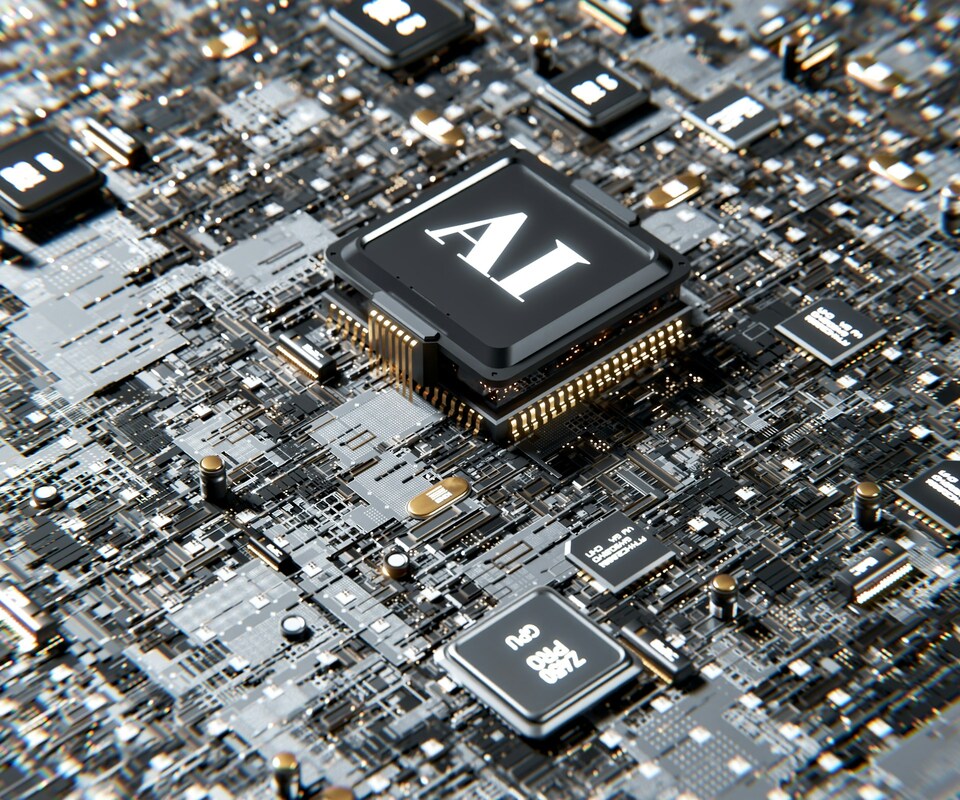The Basic Principles Of deep learning in computer vision
The Basic Principles Of deep learning in computer vision
Blog Article

Neurons could possibly have point out, frequently represented by genuine figures, typically amongst 0 and 1. Neurons and synapses may possibly even have a excess weight that may differ as learning proceeds, which may enhance or decrease the strength from the signal that it sends downstream.
We get hold of the ultimate prediction vector h by implementing a so-identified as activation functionality into the vector z. In such a case, the activation functionality is represented via the letter sigma.
This isn’t proposed within a generation setting since the total process could be unproductive and mistake-prone. That’s among The explanations why deep learning frameworks like Keras, PyTorch, and TensorFlow are so preferred.
In this primary case in point, you've an input vector and another two fat vectors. The target is to uncover which of your weights is more similar to the input, considering the route along with the magnitude. This is certainly how the vectors glance for those who plot them:
Becoming proficient in deep learning involves extensive technological know-how. The record underneath outlines some certain capabilities and devices You'll have to know in order to enter into deep learning professionally.
The target is definitely the variable you should predict. In this example, you’re working with a dataset that is made up of numbers. This isn’t prevalent in an actual creation scenario. Ordinarily, when there’s a need for your deep learning model, the data is offered in data files, like images or textual content.
Autonomous autos are presently on our roadways. Deep learning algorithms aid decide irrespective of whether there are actually other autos, particles, or humans about and react appropriately.
difference between the prediction and the right consequence, with this metric you’ll constantly end up having a good price.
To put it briefly, you decide a random instance in the dataset, compute the gradients, and get more info update the weights as well as the bias. You furthermore mght compute the cumulative mistake just about every a hundred iterations and help you save those results in an array. You’ll plot this array to visualize how the mistake changes during the training procedure.
The aim should be to change the weights click here and bias variables in order to reduce the error. To know how this functions, you’ll improve only the weights variable and go away the bias set for now.
Copied! The end result is one.seventy four, a beneficial selection, so you might want to minimize the weights. You try this by subtracting the spinoff results of the weights vector. Now you may update weights_1 appropriately and forecast once again to find out how it affects the prediction final result:
Copied! To update the weights, you Stick to the same course of action, get more info going backward and taking the partial derivatives right until you obtain for the weights variable. Since you’ve now computed many of the partial derivatives, you’ll just must compute dlayer1_dweights.
In the main exam - from English into Italian - it proved being incredibly precise, Specially very good at grasping the this means on the sentence, instead of being derailed by a literal translation.la Repubblica
Gradient descent is applied to locate the route and the speed to update the parameters. Prior to making any variations inside the community, you should compute the mistake. That’s Everything you’ll do in another segment.